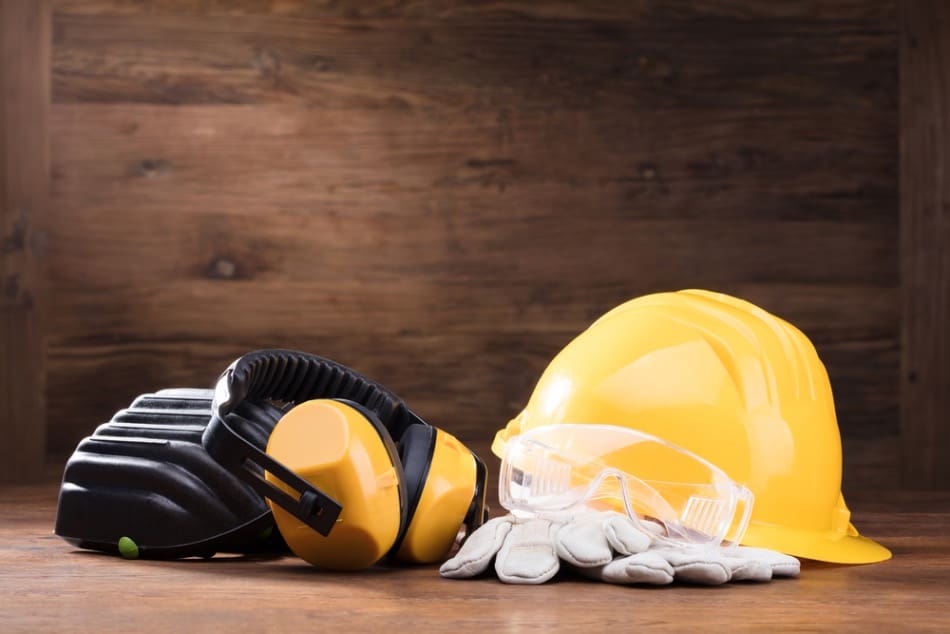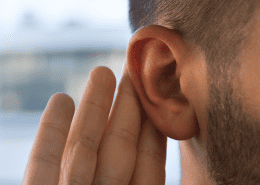
OSHA Hearing Protection Rules – Explained
In 1970, the OSH Act became law. It established the Occupational Safety and Health Administration (OSHA), which is responsible for ensuring the safety of workers in the US through a series of rules, training requirements, community outreach, and assistance.
With the Centers for Disease Control and Prevention (CDC) estimating that 22 million employees are exposed to dangerous noise levels at work each year, I’m not at all surprised OSHA has rules surrounding this work hazard.
What are the rules?
OSHA’s standard for occupational noise exposure (29 CFR 1910.95) requires you to take steps to protect the hearing of employees through things like:
- Training employees on proper safety
- Providing hearing protection to any employee exposed to damaging noise, even for short periods. Sound over 90 dB can cause hearing loss in as few as 15 minutes.
- Employee monitoring to ensure they’re using protective gear correctly
- Noise sampling throughout a facility with retesting after 30 days for those with hearing loss
- Notifying employees when they’re exposed to dangerous noise levels
- Providing clinical evaluations when needed
When providing hearing protection, you should always consider the Noise Reduction Rating (NRR). You’ll find in on hearing protection packages. This tells you how many decibels the protection blocks. So, for example, earplugs with a 20 NRR could reduce a 90 dB workplace to a 70 dB workplace when worn correctly.
Do they apply to my company?
Hearing can be damaged suddenly with 110 dB or higher or gradually with prolonged exposure to 85 dB or more. Frequency is also a factor. Higher frequencies can damage hearing faster, which is why testing is essential.
Common workplace noise hazards include:
- Loud traffic
- Heavy machinery
- Power tools
- Loud appliances
- Landscaping tools
- Loud music
- Sirens and alarms
- Are your employees exposed to hazards like these?
How do I know what my workers need?
To determine what you need in your workplace, first, assess the noise levels where employees work. You may be surprised how loud some areas are. Then begin annual tests to tell you if someone’s hearing is degrading over time. Hearing loss could be caused by several things like lack of protection or failure of the employee to comply with hearing protection rules. Get testing done by a professional (like us!).

What Happens When You’re Diagnosed With Sudden Sensorineural Hearing Loss (SSHL)?
Hearing Loss
Hearing Relief: Do Hearing Aids Help Tinnitus Sufferers?
Hearing Aids
Can the Ringing in the Ears, Also Called Tinnitus, Be Cured?
Common Questions - General, Hearing and Disabilities


 https://www.healthyhearing.com/
https://www.healthyhearing.com/
Share this entry